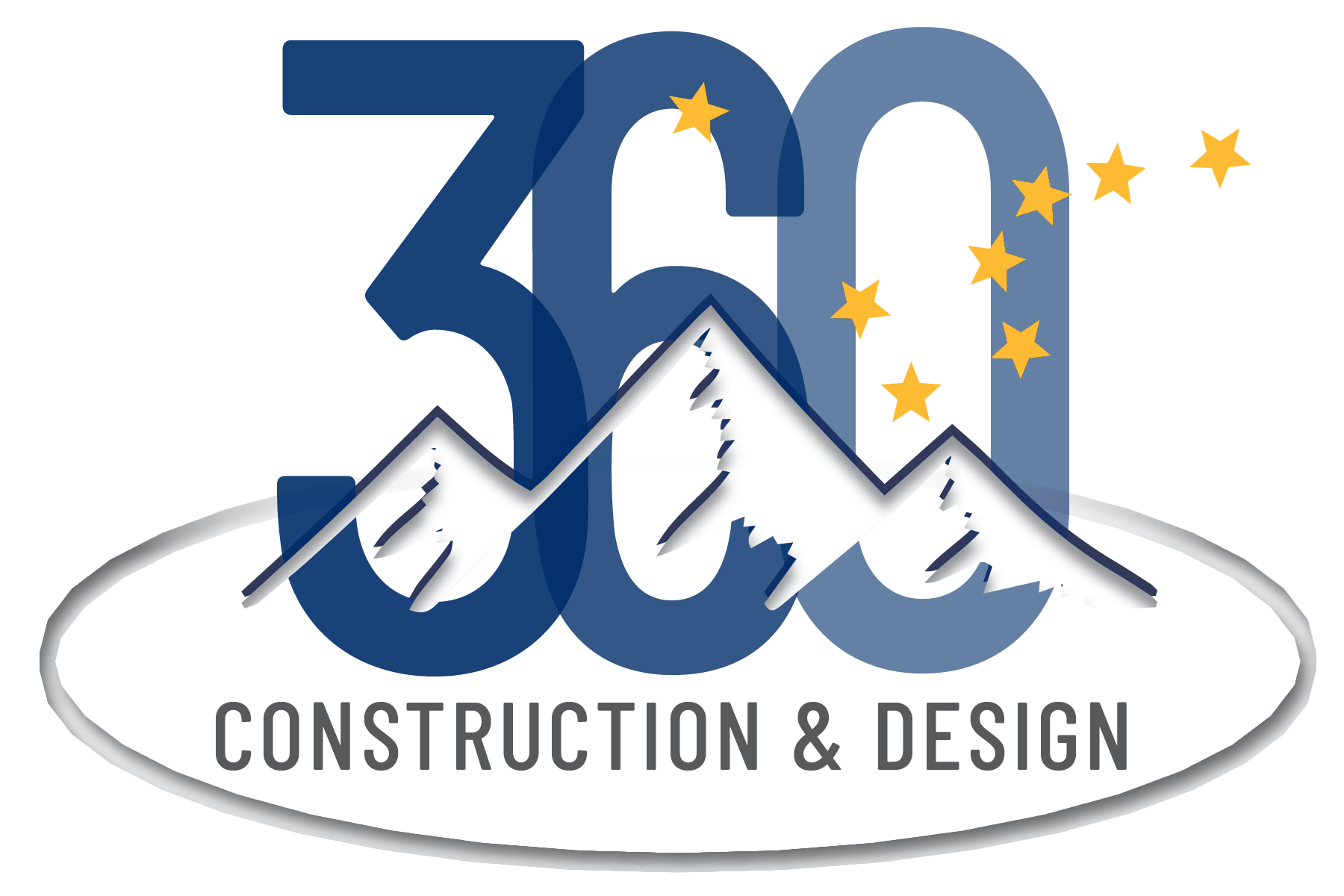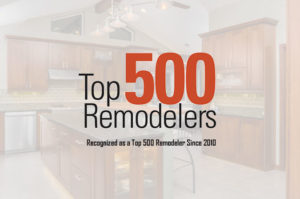With the wide array of floor types available in the market, most people find themselves stranded while choosing the best flooring type to install in their homes. Choosing the right floor for your home is a critical issue that should not be underestimated. Different floors rate differently when it comes to durability, cost, ease of cleaning and difficulty of installation.
Ceramic Tile
Ceramic tiles come in many sizes, shapes and colors. They are made from hardened clay that has been fired at very high temperatures. One great feature about ceramic tiles is that they are stain and water resistant, hence ideal for indoor use. They are generally strong and durable, with the variations in designs bringing about more aesthetics. Variations in this tile include
– Quarry tile that is basically an unglazed ceramic tile. It’s slightly rough in texture making it slip resistant
– Porcelain tile that even harder since kilned in very high temperatures than quarry tile. It’s therefore more durable, and exists as either glazed or unglazed.
– Glazed ceramic tile that contains a glass-like coating. This coating allows the tile to feature unlimited varieties of textures and colors.
– Terracotta tile that is features rustic appearance with earthly colors. It’s unglazed but less durable.
Laminate
At times it could be difficult to distinguish it from engineering wood because its top finish looks like real hardwood. Laminate flooring is largely known for its low maintenance costs. Apparently, it’s more resistant to scratches and dents, making it the perfect choice for most households. It’s also generally easy to clean.
Carpet
Probably the most versatile floor of them all, boasting more designs and colors than any other type of floor. Carpet flooring exists as either synthetic or natural. Synthetic carpet is made of nylon, polyester or polypropylene, while natural carpet is conventionally made of wool. This floor is generally soft, and absorbs echoes, maintaining a soft and quiet environment. It still manages to maintain a warm environment even in cold seasons.
Hardwood
Hardwood floor is usually made from a piece of hardwood timber from trees such as hickory or Oak. The floor is therefore extremely durable, and can last for over a lifetime. The floor is relatively easy to clean compared to carpet flooring, sturdy and wear resistant. Another advantage of hardwood flooring is that it can be refinished throughout their lifetime.
Vinyl
Vinyl offers a flexible, cost effective and soft floor type. Generally, vinyl products are mostly backed with a felt layer. It comes with a variety of colors and patterns, and can even mimic other floors, including hardwood. It’s durable and easy to clean, resistant to stains and spills, making it a good choice for almost any room.
Engineered wood
Similar to conventional hardwood, but consists of a top veneer of wood backed by cheaper plywood layers. This makes it cheaper than hardwood flooring. New trends have brought about a variation that contains a mixture of recycled wood fiber and stone dust to provide more dimensional stability. It’s ideal for installation in moisturized environments such as basements, since it’s more resistant to moisture effects as compared to hardwood. It can be floated on top of an existing floor, glued or nailed.
Linoleum
Linoleum is a durable yet environmental friendly type of floor that features unique and excellent graphic designs. The floor type is made with biodegradable materials that are renewable, with the most common being cork and linseed. Despite this, they produce no harmful vapor, hence considered one of the most environmental friendly flooring choices.
Wood flooring vs. laminate flooring: Pros and cons
-Have a great resale value compared to laminate flooring
– Can be refinished throughout their entire lifespan
– Extremely durable
– Hard to clean compared to laminate flooring
– More costly
– Hard to install
Laminate flooring vs. wood flooring: Pros and Cons
– Easy to clean
– Less costly compared to wood floors
– Are resistant to both moisture and scratches compared to wood flooring
– Easy to install
– Shorter lifespan
– Hard to repair




